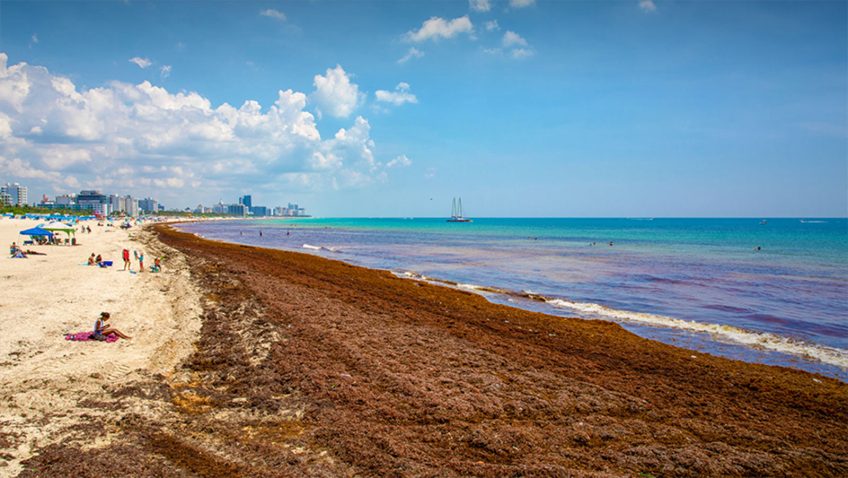NOAA research cruise supports key tropical Atlantic observing system
There and back again: NOAA Ship Gordon Gunter journeyed away from Pascagoula, Mississippi for 90+ days and 12,700+ nautical miles to conduct the PIRATA Northeast Extension cruise. A NOAA ship that traditionally sails in the Gulf of America embarked on a 90+ day journey into international waters and successfully completed its mission in support of […]






